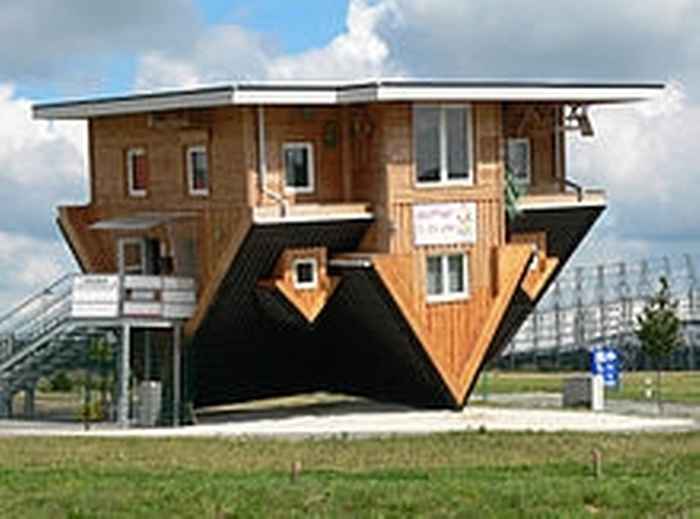The city that ‘we’ own - by Federico Savini
Publication date 18-01-2016
Amsterdam inner city, 2015. Households buying a plot of land and building their own dwellings, with gardens and work space. A network of about 50 people gets together with an architect and design their own block, perhaps including a small theater and few socially rented houses. Another group of neighbors decides instead to produce, use and store its own energy, building solar panels and their own in-house grid for waste water filtering. At the same time, a group of creatives finds out that there is a little piece of land in the city and propose a project of cultural use of the land, perhaps adding a café, selling local beers, and using food which is partially grown on the spot.
